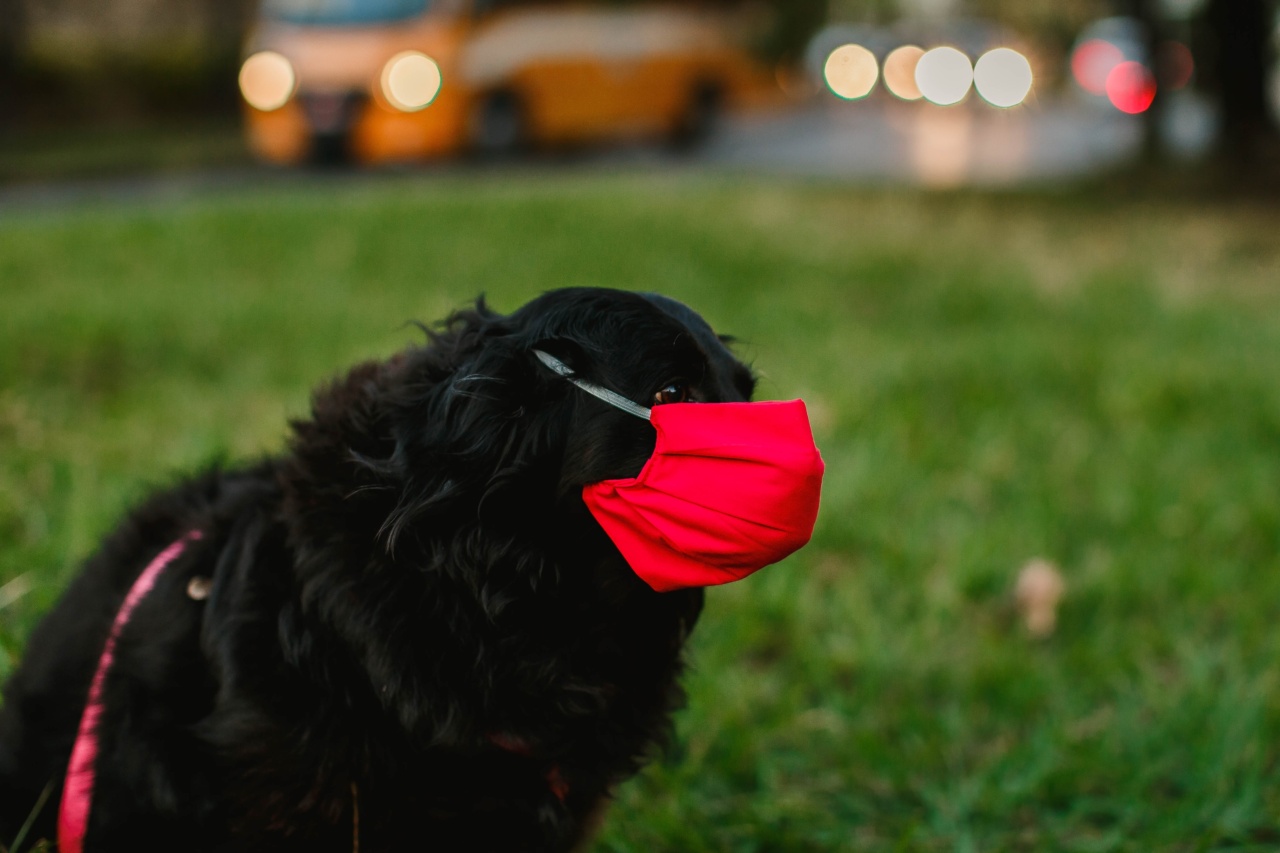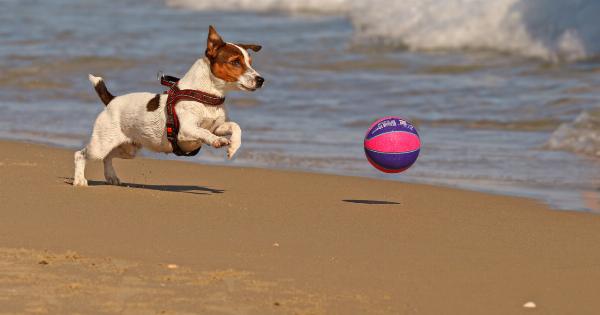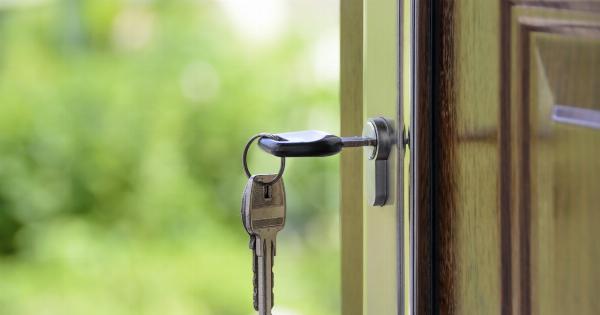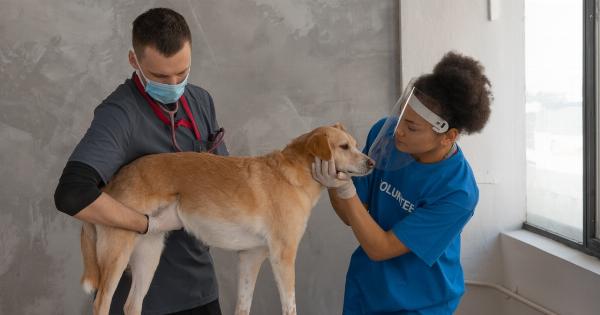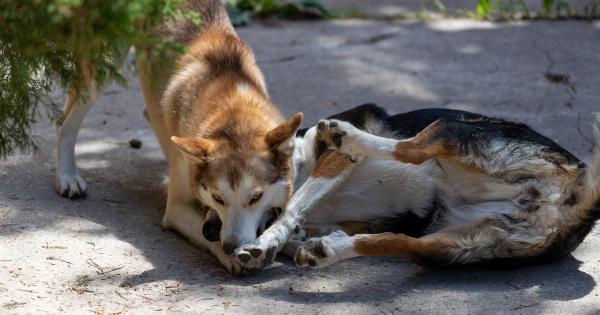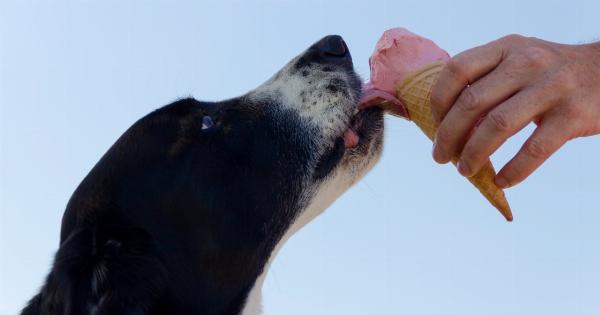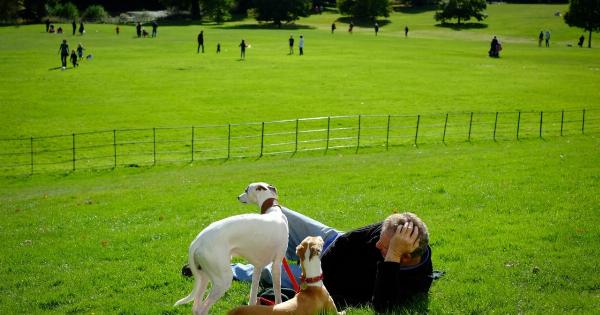Summertime is a wonderful season filled with sunny days, outdoor activities, and family vacations. However, it can also pose certain hazards for our furry friends.
As responsible pet owners, it is important to be aware of these potential risks and take necessary precautions to keep our dogs safe and healthy during the summer months. In this article, we will discuss four common hazards that dogs may encounter in the summer and provide valuable tips on how to protect them.
1. Heatstroke and Overheating
Dogs are more susceptible to heatstroke and overheating than humans. They have a limited ability to regulate their body temperature, making them more vulnerable to high temperatures.
Heatstroke can be life-threatening, so it is crucial to take preventative measures to keep your pet cool and avoid overheating.
Here are some tips to prevent heatstroke:.
– Provide access to shade: Ensure that your dog has access to shady areas in your yard or when you are out for a walk. Use trees, umbrellas, or portable canopies to create shaded spots for your pet.
– Limit exercise during peak heat: Avoid exercising your dog during the hottest hours of the day, typically between 10 am and 4 pm. Opt for early morning or late evening walks when temperatures are lower.
– Never leave your dog in a parked car: Even with the windows cracked open, the inside of a car can heat up to dangerous levels within minutes. Leaving your dog in a parked car can lead to heatstroke and even death.
– Use cooling accessories and techniques: Help your dog stay cool by providing them with a cooling mat, a damp towel to lie on, or a doggie pool to dip their paws in. You can also freeze treats or toys for them to enjoy.
2. Paws and Hot Surfaces
During summer, pavements, sand, and other surfaces can become extremely hot. Walking on these scorching surfaces for prolonged periods can cause burns and discomfort for your dog.
It is crucial to protect your pet’s paws from these hot surfaces to prevent injuries.
Here’s how you can safeguard your dog’s paws:.
– Walk during cooler times: Schedule walks during the cooler parts of the day, such as early morning or late evening, when the ground is less likely to be hot.
– Test the surface temperature: Before taking your dog for a walk, place the back of your hand on the pavement or surface. If it feels too hot for your hand, it is also too hot for your dog’s paws.
– Use protective booties: Consider using dog boots or paw wax to provide a protective barrier between your dog’s paws and the hot surface. These can help prevent burns and discomfort.
– Walk on grass or shaded areas: Whenever possible, choose grassy or shaded areas to walk your dog. These surfaces tend to be cooler and safer for their paws.
3. Parasites and Insect Bites
With warmer weather comes an increase in parasites and biting insects that can pose a threat to your dog’s health. Fleas, ticks, mosquitoes, and other parasites can transmit diseases and cause discomfort for your furry companion.
It is essential to take preventive measures to protect your dog against these pests.
Here are some preventive measures:.
– Use flea and tick preventatives: Consult with your veterinarian to choose an appropriate flea and tick preventive for your dog. These preventatives come in various forms, such as oral medications, topical treatments, or collars.
– Check for ticks regularly: After outdoor activities, thoroughly check your dog’s fur for ticks. Pay close attention to their ears, armpits, groin area, and between the toes.
Promptly remove any ticks you find to reduce the risk of tick-borne diseases.
– Avoid areas with a high mosquito population: Mosquitoes can transmit heartworm disease, which is potentially fatal for dogs. Stay away from areas with stagnant water and use mosquito repellents specifically formulated for dogs.
– Keep your yard clean: Regularly mow your lawn, remove tall grass, and eliminate any standing water in your yard to reduce the mosquito population and minimize the risk of fleas and ticks.
4. Water Safety
Summer often means fun water activities, and while some dogs are natural swimmers, not all breeds are comfortable in the water. Additionally, water-related accidents can occur, affecting even the most confident swimmers.
Whether you plan to bring your dog to the beach, a lake, or a pool, it is important to ensure their safety around water.
Follow these water safety guidelines:.
– Assess your dog’s swimming abilities: Before allowing your dog to swim in open water, assess their swimming skills in a controlled environment. Not all dogs are natural swimmers, and some may need extra guidance or assistance.
– Use life jackets: If your dog is not a confident swimmer, invest in a well-fitting canine life jacket. It will provide buoyancy and ensure their safety during water activities.
– Rinse off after swimming in natural bodies of water: After swimming in lakes, rivers, or the ocean, rinse your dog’s coat thoroughly to remove any saltwater, sand, or chemicals that may be present.
– Pool safety: If you have a pool at home, secure it with a fence or cover to prevent accidental falls. Teach your dog how to safely exit the pool using the stairs or a designated exit point.
By being mindful of these hazards and taking appropriate precautions, you can ensure that your furry friend has a safe and enjoyable summer.
